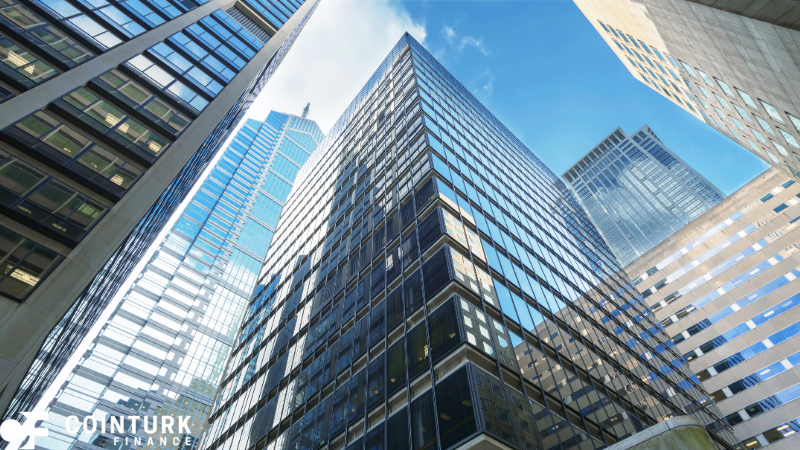Milwaukee is taking steps to provide sustainable housing solutions for low-income families by building net-zero homes. This initiative, part of the city’s 2023 Climate and Equity Plan, aims to offer energy-efficient homes to those most affected by climate change and high energy costs. The project is set to utilize a $3.4 million grant from the U.S. Department of Energy to construct 35 homes and establish a local factory for manufacturing energy-efficient wall panels. By collaborating with Habitat for Humanity and the University of Wisconsin-Milwaukee, the city is striving to overcome challenges and promote a new market for affordable, sustainable housing.
Milwaukee’s efforts contrast with other regions where net-zero homes have been introduced. While some areas have exhibited success, the unique approach in Milwaukee involves creating a local manufacturing hub to build the necessary components locally. This distinguishes the city’s initiative as both an economic and environmental endeavor, emphasizing the importance of local production and training in sustainable building practices.
What Challenges Does Milwaukee Face?
Building these net-zero homes has proven more complicated than anticipated. The primary hurdle lies in establishing a local factory to produce the necessary wall panels. Initial attempts to attract a manufacturer were unsuccessful, prompting collaboration with the Rocky Mountain Institute to find a suitable partner. This factory is crucial for reducing transportation costs and emissions, thereby enhancing the affordability and sustainability of the homes.
Why Are Net-Zero Homes Important?
Net-zero homes are essential for reducing carbon emissions and energy costs, offering additional benefits like improved comfort and safety during extreme weather conditions. As Lucas Toffoli of the Rocky Mountain Institute pointed out, such homes provide better insulation and require smaller, less costly appliances. This makes them a viable option for low-income neighborhoods, providing economic and environmental relief.
Habitat for Humanity’s involvement includes developing energy-efficient panel designs within its Milwaukee facility, aiming for completion of the first net-zero affordable homes by 2025. The organization is also exploring various panel construction methods. UWM Associate Professor Alexander Timmer highlights the need for specialized knowledge and tools for panelized homes, stressing the project’s potential to educate new architects in sustainable practices.
The project further promises economic benefits by creating jobs in the Century City neighborhood, which has abundant vacant manufacturing space. City officials anticipate that the factory will provide stable, year-round employment, a shift from the seasonal work common in construction trades.
Net-zero homes represent a dual opportunity to address climate change and socio-economic disparities by investing in communities historically affected by redlining and disinvestment. As Milwaukee Habitat CEO Brian Sonderman noted, the initiative could inspire hope and positive change in local neighborhoods, echoed by similar efforts in states like Colorado and Illinois.
Milwaukee’s project underscores the need for local action in climate initiatives, particularly with unpredictable federal support. The city’s strategy, incorporating community involvement and economic opportunity, demonstrates a model for other regions considering similar housing solutions. By aligning local manufacturing with sustainable housing, Milwaukee sets a precedent for environmentally friendly and economically viable urban development. Through these efforts, low-income residents benefit from reduced energy costs, and the city fosters a trained workforce ready to embrace new technological advancements in home building.










